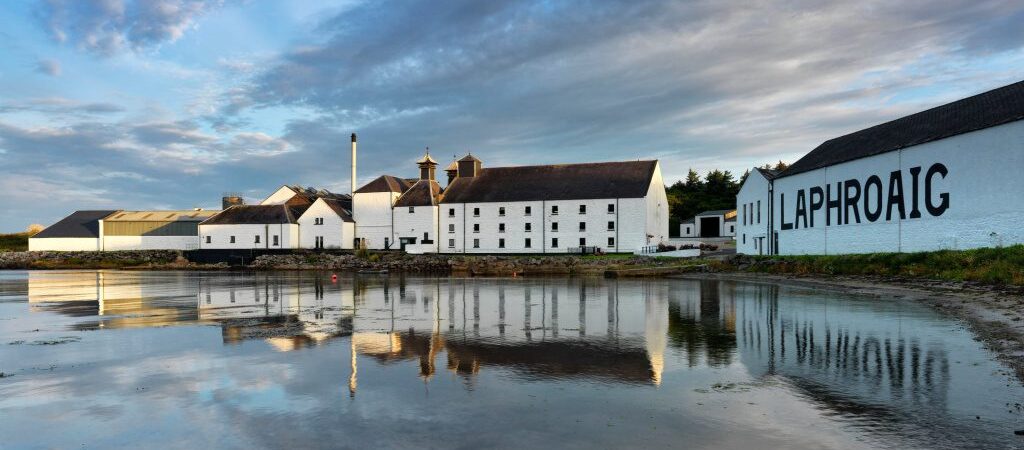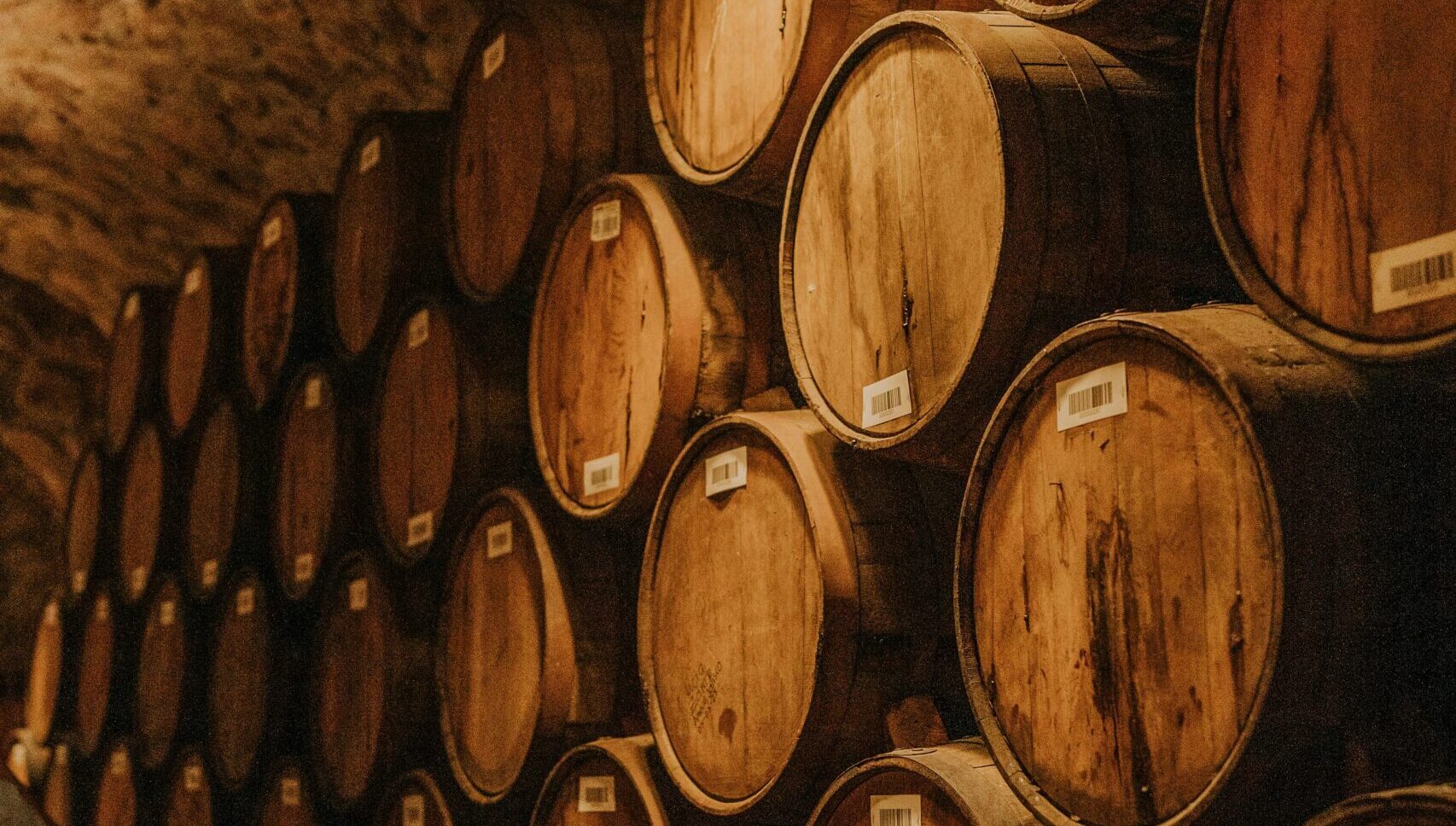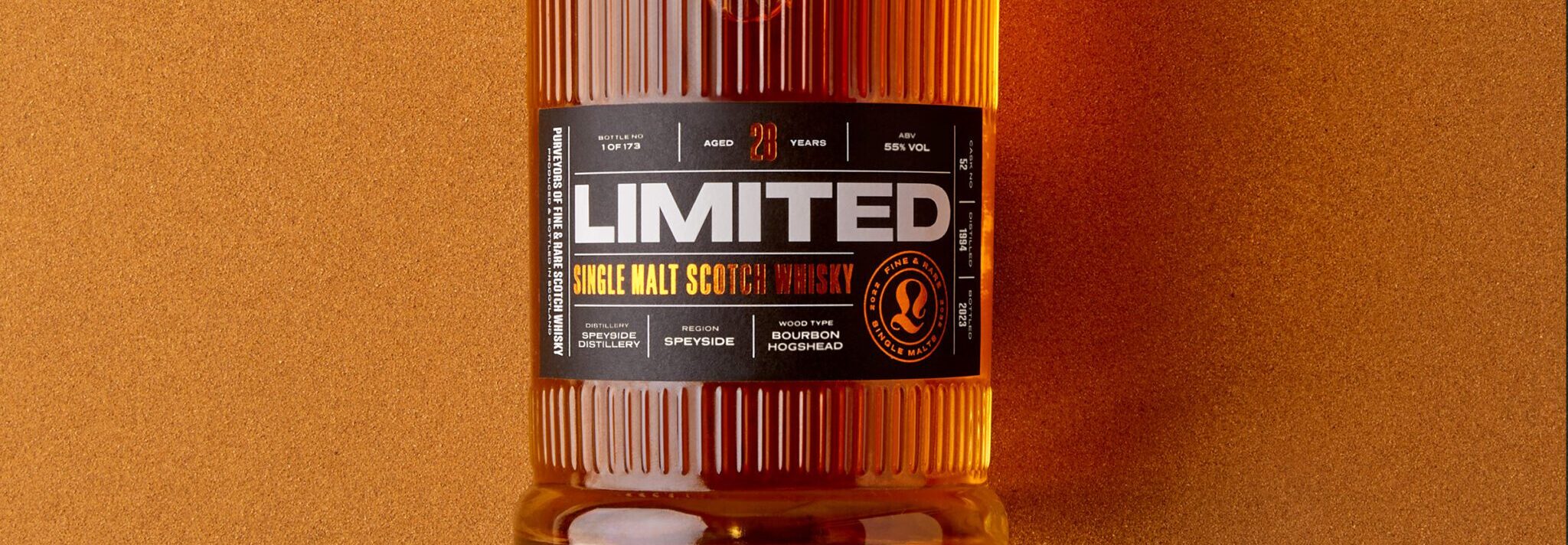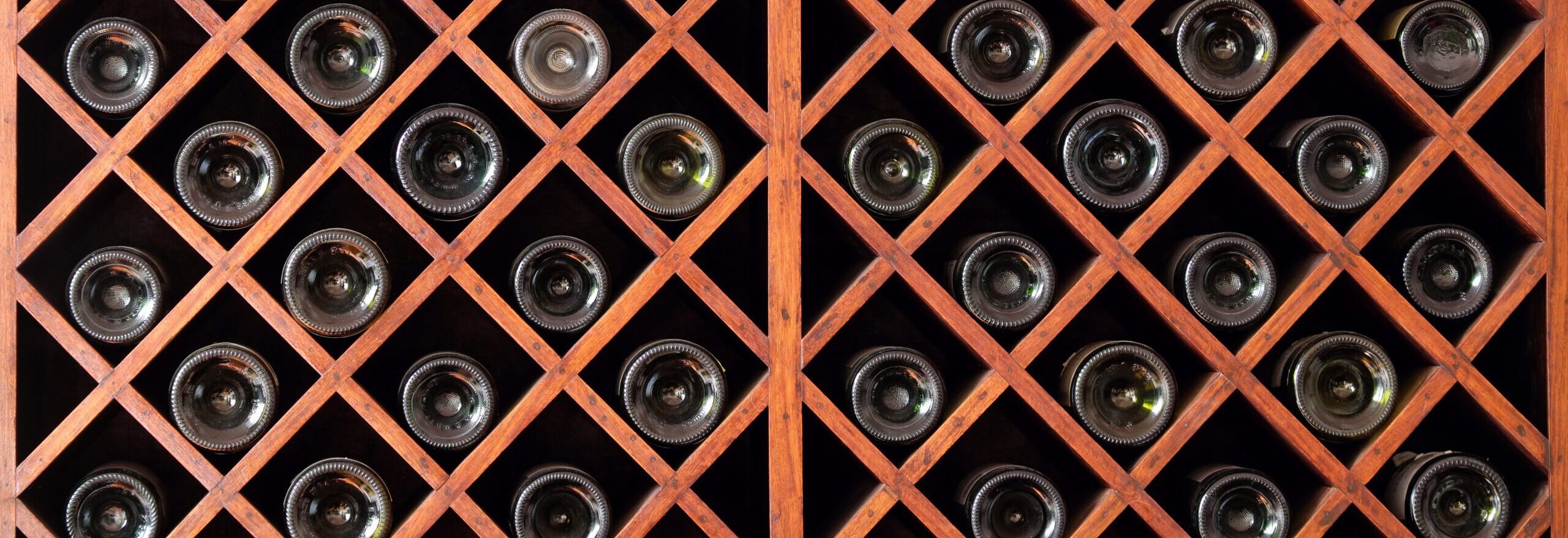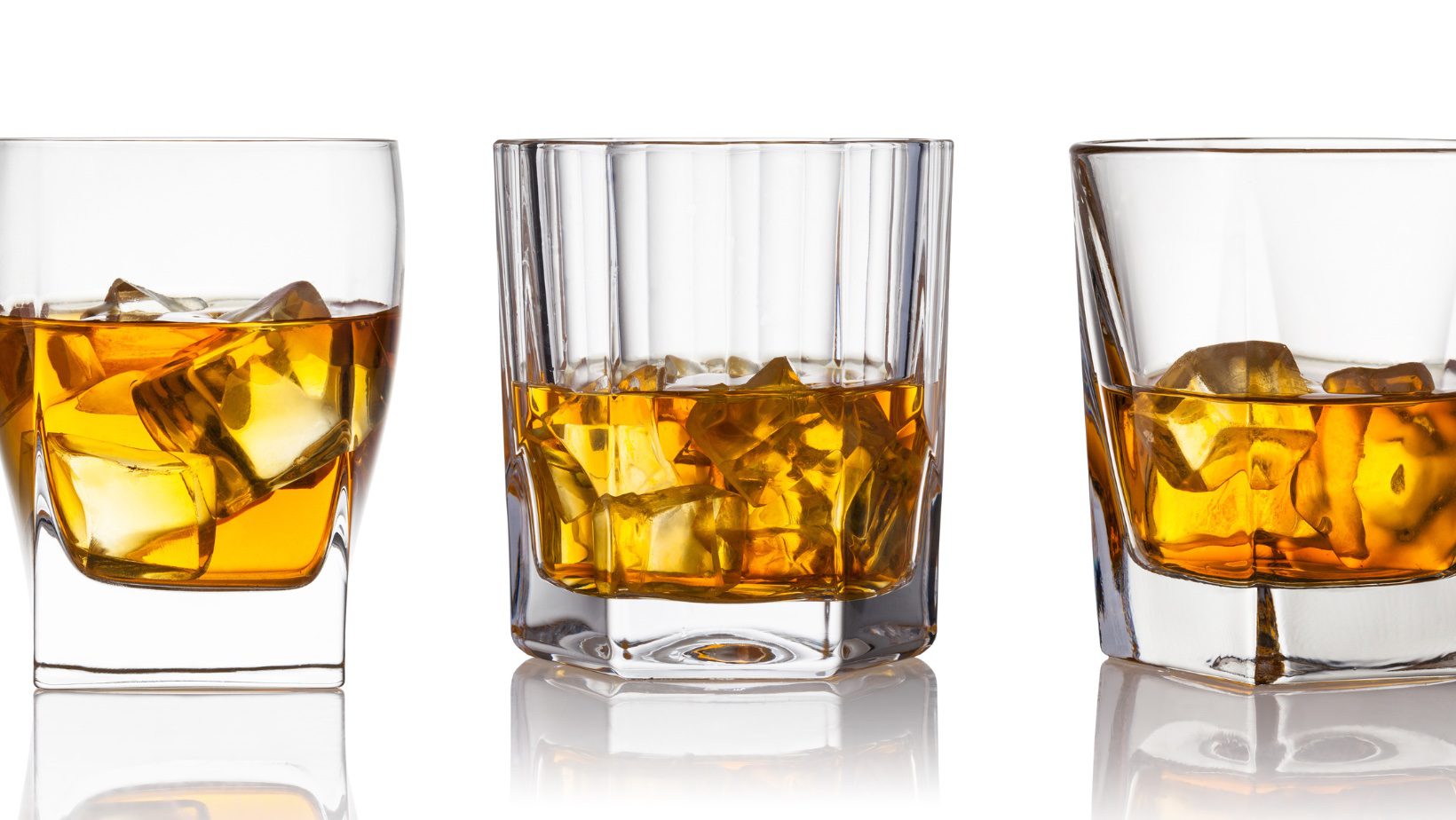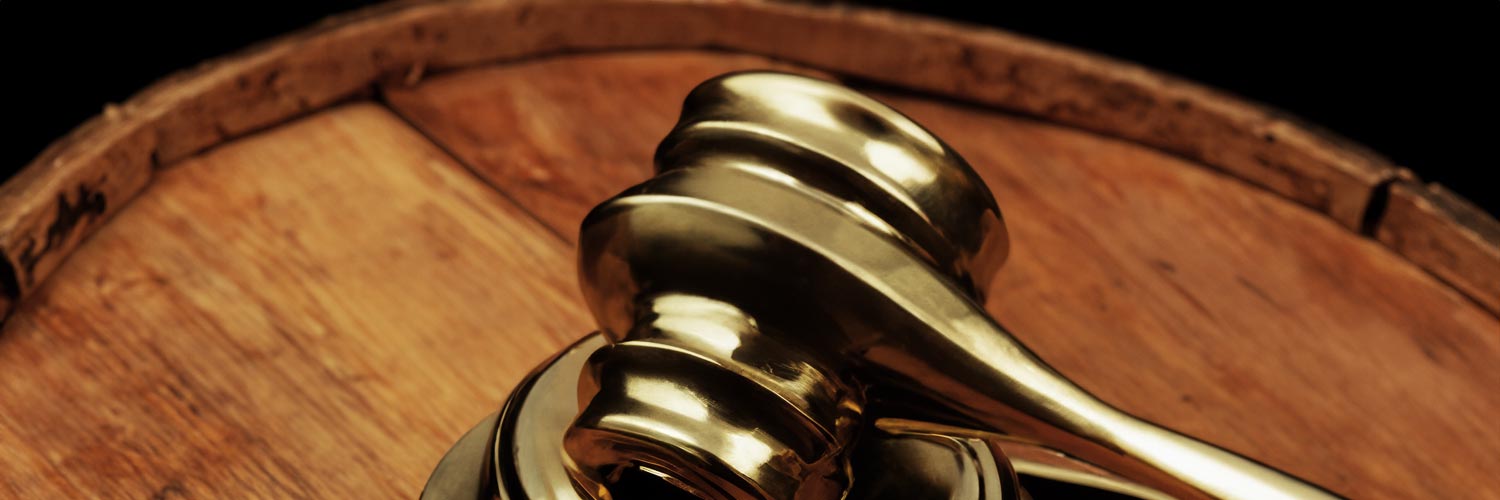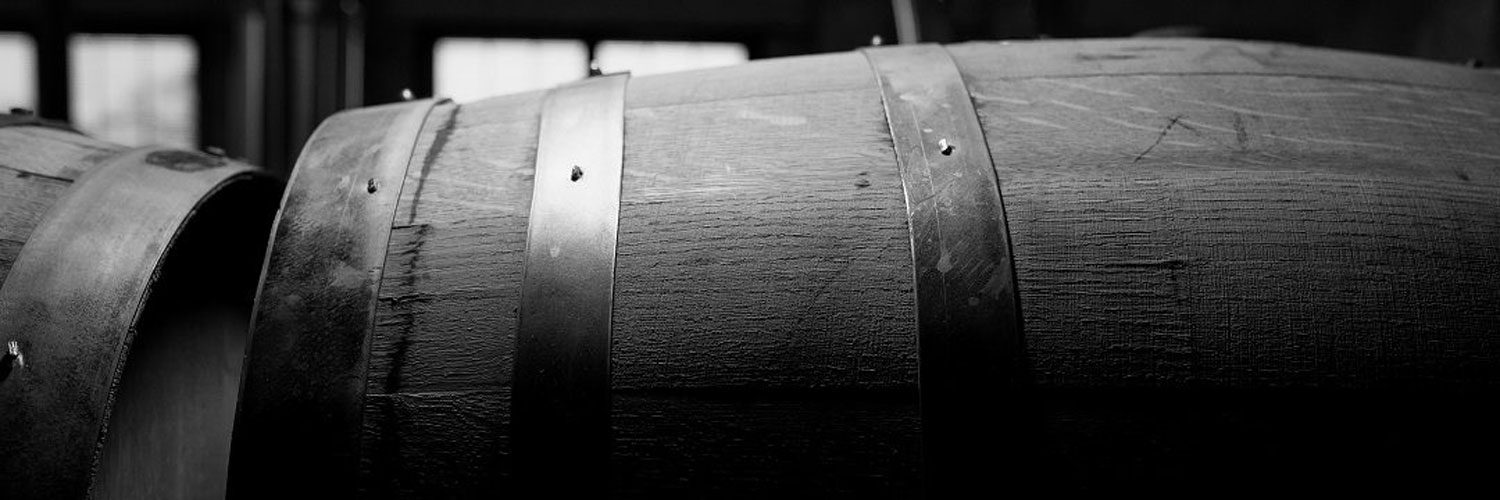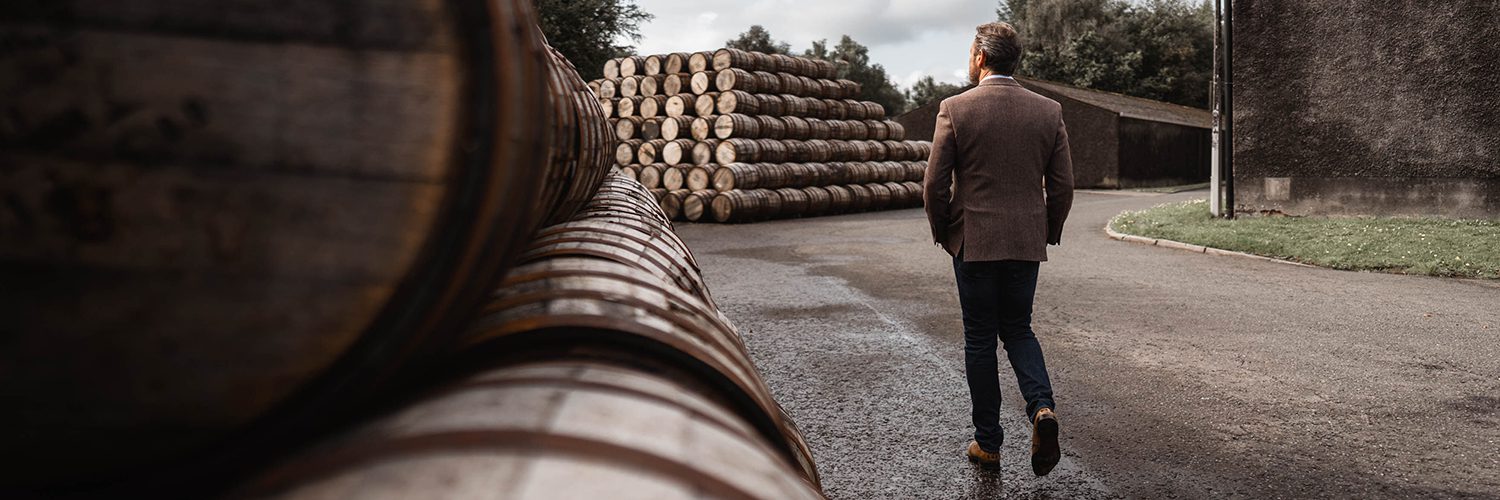But for those who haven’t had the privilege, it can be quite a mystery how such a dynamic tipple can be produced from just three simple ingredients. Water, Barley and Yeast.
 Learn
Learn
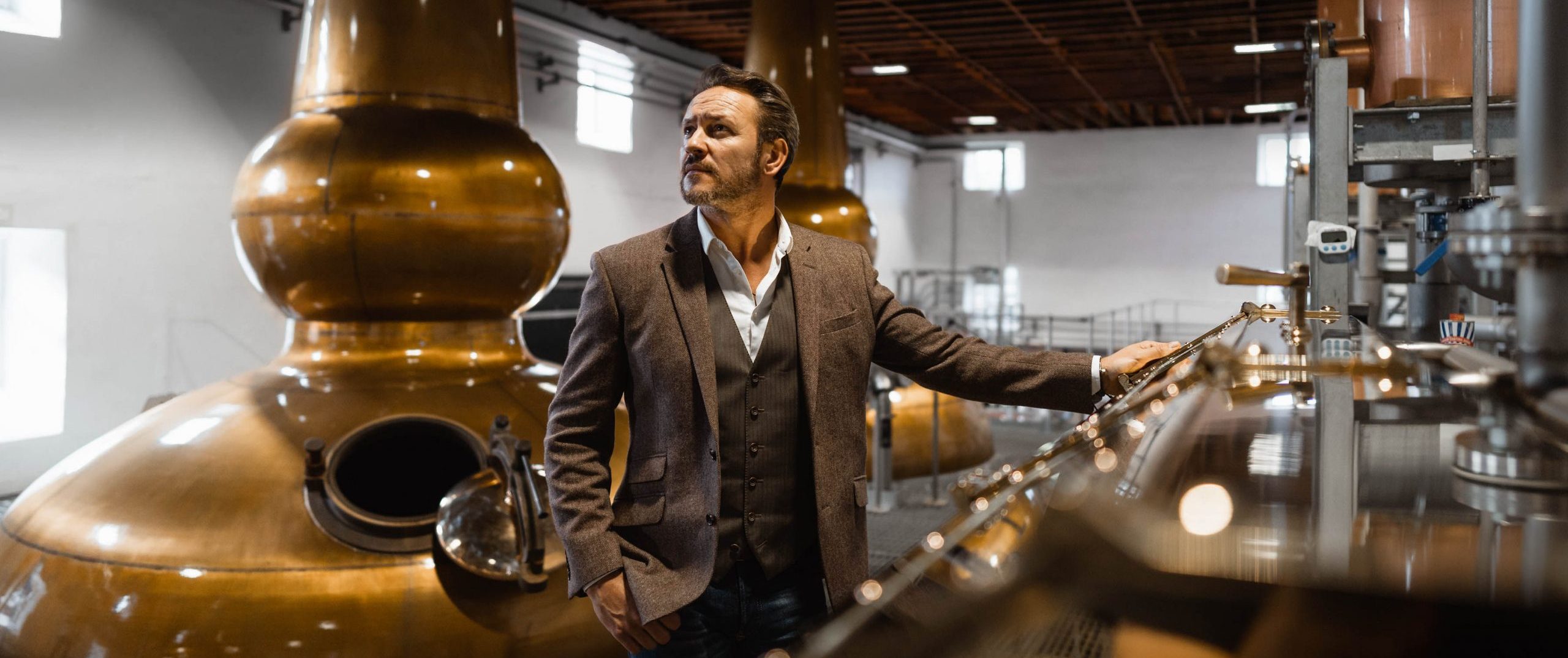
It takes five steps to create whisky. These are Malting, Mashing, Fermentation, Distillation and Maturation. Below we will break down each step into finer details to help explain the process and show how each distillery can differ, allowing them to create their signature taste.
To create Malt Whisky, we first need malt. To turn barley into malt, it must first go through malting, a three-step process that converts the grain’s starch into the soluble sugars required to create alcohol.
Steeping – First, barley grains must be soaked in warm water, increasing their moisture levels from 14% to around 45%.
Germination – Once steeped, the barley is laid on the floor to kick start germination. Turning the grains whilst on the floor is essential to avoid excessive heat build-up.
Drying – Once the grain has been tricked into germination, it’s essential to stop the process quickly, in order to save the grain’s sugars. This is done by heating the grain inside a kiln. If peat is used to heat the kiln, a smoky “peated” Whisky will be created. Click here to learn more about peat.
It’s worth noting that the vast majority of distilleries now buy malt directly rather than completing the process in-house.
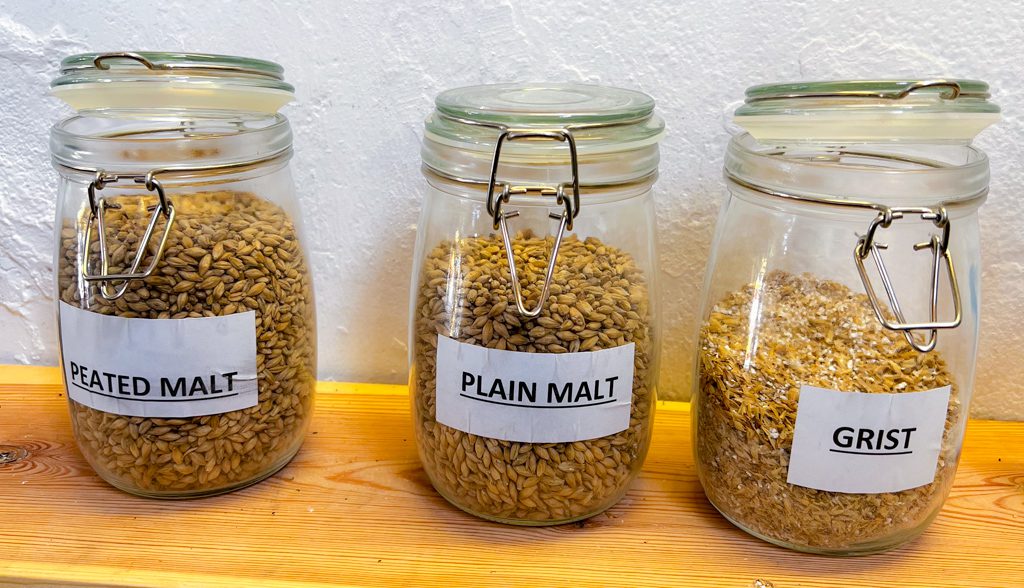
The newly formed malt is then run through a mill to make the sugars inside the grain more accessible. These mills remove the grain’s husks and create a consistency of around 20% coarse husk, 70% medium grits and 10% fine flour. The grist produced by the mill is then mixed with warm water in a large vessel called the mash tun.
The water quality at this stage is of the utmost importance, and every distillery will use the best source available. It’s for this reason that many distilleries are built next to natural springs, rivers and boreholes.

As the mash tun is being drained, hotter water is added to extract even more sugar and enzymes from the remaining grist. This process can be repeated up to four times, with each pass increasing the temperature of the water.
The speed at which the mixture, now known as wort, is drained can significantly affect the whisky’s final character. A cloudy wort produces a more nutty, spicy dram, whereas a clearer wort will produce a whisky with fewer cereal flavours.
The wort is now cooled, mixed with distillers yeast and transferred into washbacks to allow the fermentation to begin. The washbacks are large vessels created either from wood or steel. Wooden washbacks use Oregon pine, Douglas Fir or Larch wood due to their long planks with tight grains. Wood advocates argue that its better insulation and many pores help create a sweeter wash.
Stainless steel washbacks, however, require less maintenance and are much easier to clean. Ideal for distilleries wanting to swap between peated and unpeated spirit quickly. Both designs use motorised blades to skim the unwanted foamy head, a product of the Co2 released by the yeast.

Fermentation can take anywhere between 48-60 hours. Longer fermentation, from 55 hours and over, won’t produce more alcohol but will increase the whisky’s flavour.
Once fermented, the liquid becomes known as wash, similar in taste to a sour beer.
Whisky is traditionally distilled twice, the first distillation taking place in the wash still. This first distillation aims to separate the alcohol from the wash.
Heating the liquid until it boils in the lower bulb part of the still, the alcohol turns into a vapour which then travels up the neck of the still. Once it reaches the top, the vapour is directed through and across the lyne-arm into the condenser, turning it back into a liquid.
It is common to see windows on the neck of the wash stills. These allow the distiller to watch for boil over. Like boiling a pan of milk, the wash often creates froth as it boils. The froth, if not controlled, can carry unwanted solids over to the condenser. The twin windows allow the distiller to control the temperature to keep the head between the windows for optimum distillation.
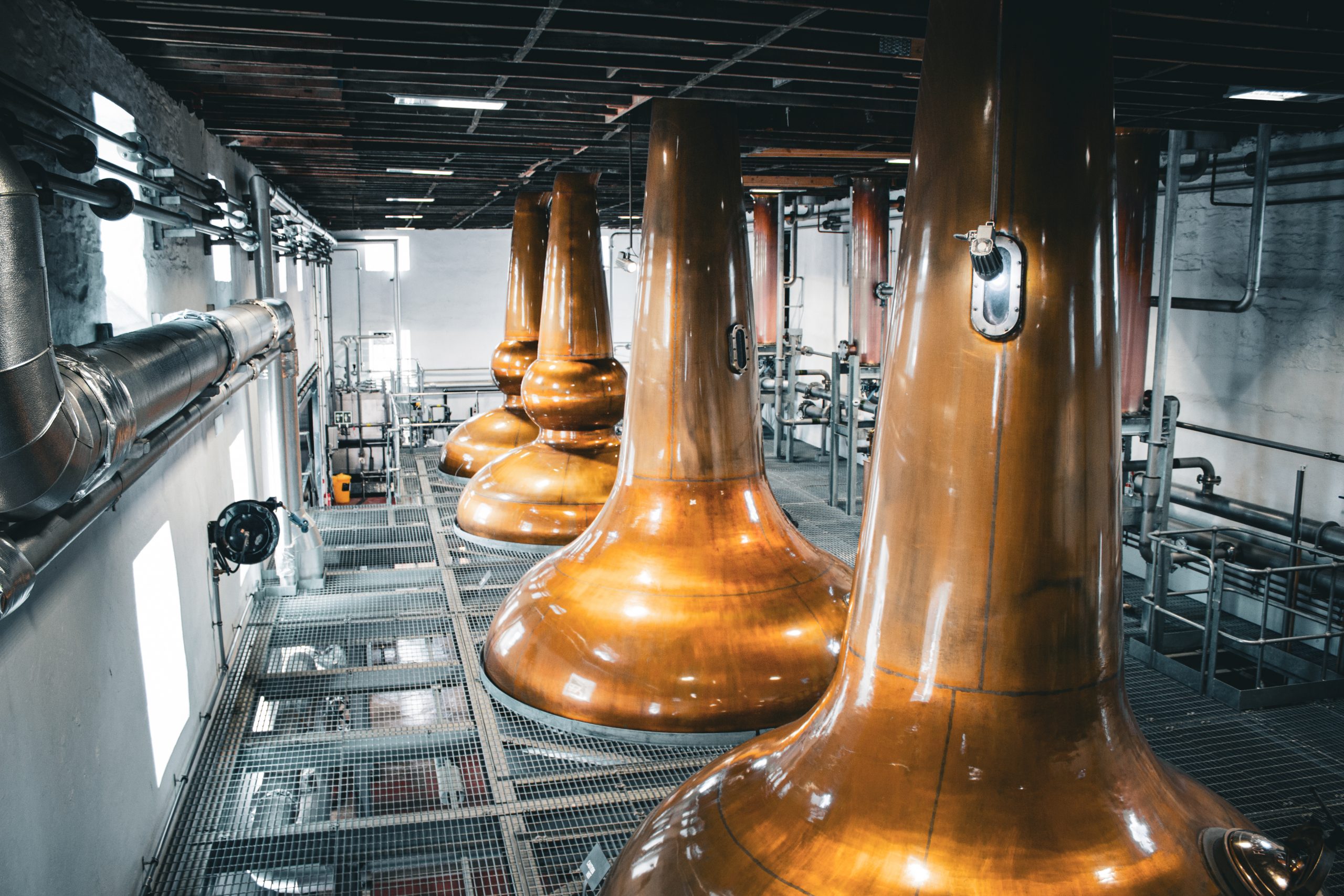
After four to six hours, the first distillation is over, and we have a product known as low wines. These low wines contain around 30% ABV and many unwanted characteristics, and as such, they must be distilled again in the spirit still.
As the still heats the low wines, different compounds boil at different times. The foreshots boil first, followed by the middle cut. Finally, the feints are the last part of the liquid to boil. The middle cut is the only part collected and taken forward to be matured into whisky.
The point at which the master distiller decides to switch from disposing of the feints and foreshots to collecting the middle cut significantly impacts the flavour and texture of the final whisky.
The middle cut, now known as New Make Spirit, is then transferred to wooden casks to allow it to mature into Scotch Whisky.
All Scotch Whisky must mature by law for at least three years in Scotland in casks made from oak. Almost all casks used to mature Scotch Whisky have previously been used to mature other spirits first.
This is beneficial for Scotch Whisky as virgin oak heavily influences the New Make Spirit and would most likely spoil the contents after being left for so long.
Typically ex-bourbon casks will be used thanks to their availability, however more luxurious casks such as Sherry, Red Wine and Rum are also used.
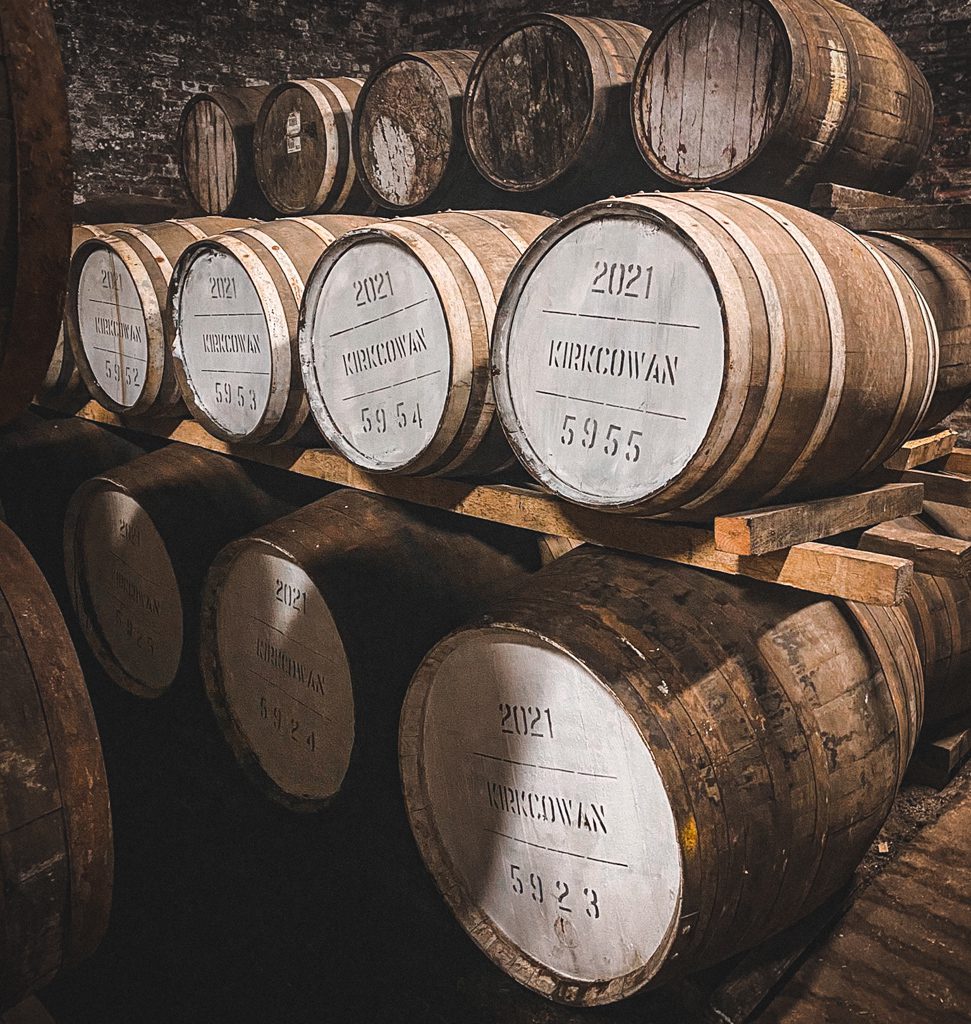
Casks come in many different sizes, including Barrels (200 Litres), Hogsheads (238 Litres) and Butts (500 Litres).
As the spirit matures in the casks, it interacts with the wood taking colour and flavour from the cask. The alcohol inside the spirit slowly evaporates during the maturation period, with the 2-3% lost yearly known as the Angel’s Share.
The whisky takes on more flavour and becomes smoother as the alcohol evaporates. For this reason, whisky’s monetary value increases substantially with age.
As you’ve just read, it takes a lot of hard work, skill and passion to create Scotch Whisky. It’s what makes the drink so unique and sought-after, recognised the world around as a high-quality product that commands a high price tag. But Scotch Whisky isn’t just for drinking. It’s also a successful alternative investment class.
Like classic cars, watches and fine wine, whisky casks are a tangle asset, offering lucrative tax-free returns. Immune from the influence of inflation, interest rates and even world crisis, the value of cask alcohol is free to increase along with the age of the barrel.
Whilst most alternative investment classes require intimate knowledge of the market, we exist to remove such boundaries and make cask ownership as simple as the drink itself. Whether you’re looking at cask ownership simply as an investment, or even as a passion project, we’re here to help you with every step.
To learn more about cask ownership, please click here to download our brochure.



